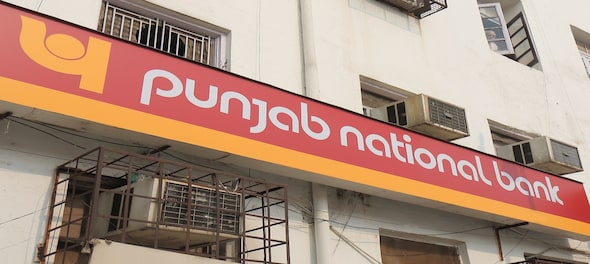
Punjab National Bank (PNB) has raised the marginal cost of funds-based lending rate (MCLR) by 0.05 percent across tenors from September 1 i.e. today. As a result, the equated monthly installments (EMIs) will get expensive for those who avail loans benchmarked against the MCLR.
Live TV
Loading...
What is the increase?
The benchmark one-year tenor MCLR, which is used to price most consumer loans such as car, auto, home and personal, will be at 7.70 percent against the existing 7.65 percent, PNB said in a regulatory filing on Wednesday.
The three-year MCLR stands at 8 percent, up by 0.05 percent. Among others, the rate of one-month, three-month and six-month tenor will be in the range of 7.10-7.40 percent. The MCLR on overnight tenor will be 7.05 percent against 7 percent.
#JustIn | PNB hikes lending rates by 5 bps across tenures w.e.f September 1 pic.twitter.com/Q6Sg8eUbua
— CNBC-TV18 (@CNBCTV18Live) September 1, 2022
Who will be impacted?
As mentioned, EMIs will get expensive for those who take loans against the MCLR. The one-year MCLR is imperative as a bank's long-term loans like home loans are linked to this rate.
There is a reset-period for MCLR based loans, after which the rates get revised for the borrower.
Why are banks raising rates?
Along with PNB, other banks are also raising lending rates.
This decision comes in the wake of Reserve Bank of India (RBI) increasing benchmark policy rates by 50 bps last month to tame headline inflation. With this repo rate hike and two previous increases, the overall lending rates have surged by at least 190 basis points, or 1.9 percent.
Why are loans impacted by RBI's decision?
Generally, when RBI hikes the repo rate, it increases the cost of funds for banks. This means that banks will have to pay more for the money they borrow from RBI. Consequently, banks pass on the cost to borrowers by increasing their loan interest rates, making EMIs costlier.
As a result, both new and existing borrowers witness an increase in their loan interest rates.
(Edited by : Anshul)
First Published: Sept 1, 2022 10:26 AM IST
Check out our in-depth Market Coverage, Business News & get real-time Stock Market Updates on CNBC-TV18. Also, Watch our channels CNBC-TV18, CNBC Awaaz and CNBC Bajar Live on-the-go!


Gonda Lok Sabha election: BJP's Kirti Vardhan Singh takes on Beni Prasad Verma's granddaughter Shreya
May 19, 2024 10:19 PM
Faizabad Lok Sabha election: Can Ayodhya Ram Temple strengthen BJP's stronghold here?
May 19, 2024 10:16 PM
Amethi Lok Sabha election: Can BJP's Smriti Irani retain the Congress bastion she won in 2019?
May 19, 2024 10:12 PM
Rae Bareli Lok Sabha Election: Can Rahul hold on to this Gandhi family bastion?
May 19, 2024 10:09 PM

